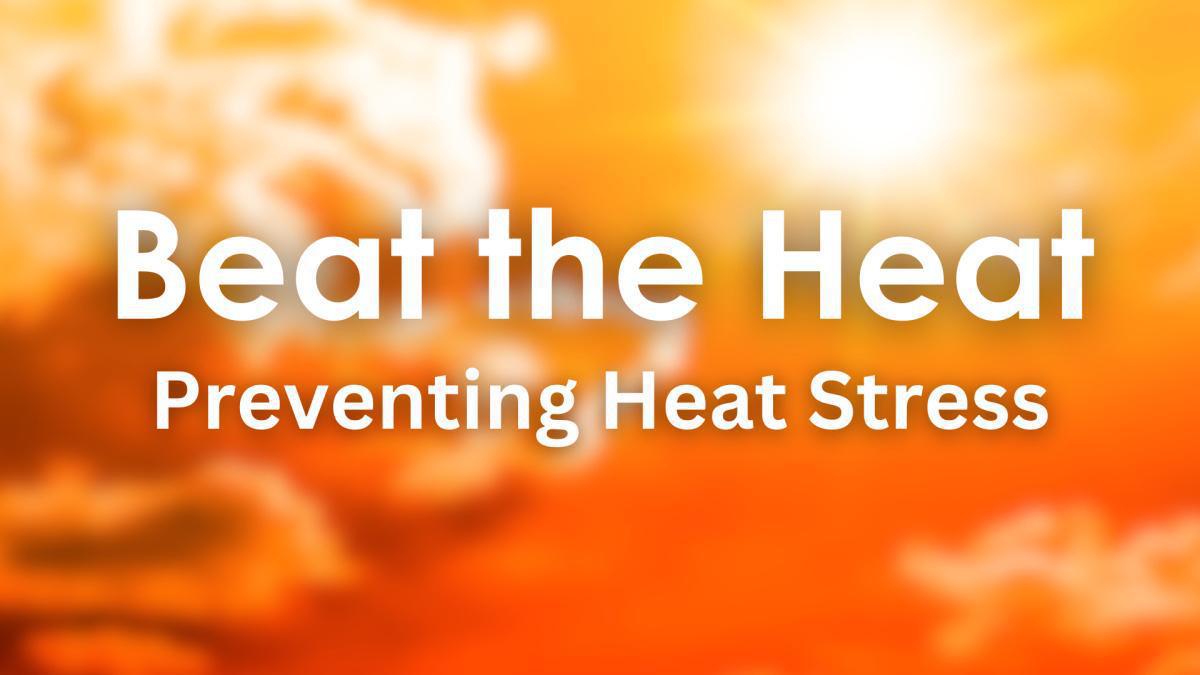The Big Picture: With temperatures topping 100 degrees daily, the risk of heat stress and heat stroke is high.
- Knowing the difference — and how to respond — can save lives
- REMINDER: Cold water bins are available Mondays and Thursdays across the yard
Why It’s Important: Heat stress can escalate quickly to heat stroke, which causes organ damage or death if not treated immediately
-
Early signs are often missed by the person affected
What to Know:
- Heat Stress: Muscle cramps, fatigue, dizziness, blurry vision, nausea, excessive sweating, shallow breathing
- Heat Stroke: Body temp hits 104°F or more; can cause brain, heart, kidney, or muscle damage
- Medication Risk: People with heart, lung, or kidney disease, diabetes or those taking certain medications are more at risk
What to Do in an Emergency:
- Move the person to a cool, shaded area
- Give water if alert
- Contact a supervisor and call for help
Tips to Prevent Heat Stress:
- Hydrate before and during your shift
- Avoid alcohol, caffeine and sugary drinks
- Wear light, breathable clothing
- Monitor yourself and coworkers
- Rest and listen to your body — take breaks when needed
How to Get Help:
- Call 911 from any Ingalls phone
- Dial 228-935-6101 from your cell
Stay informed. Act fast. Protect your health.

